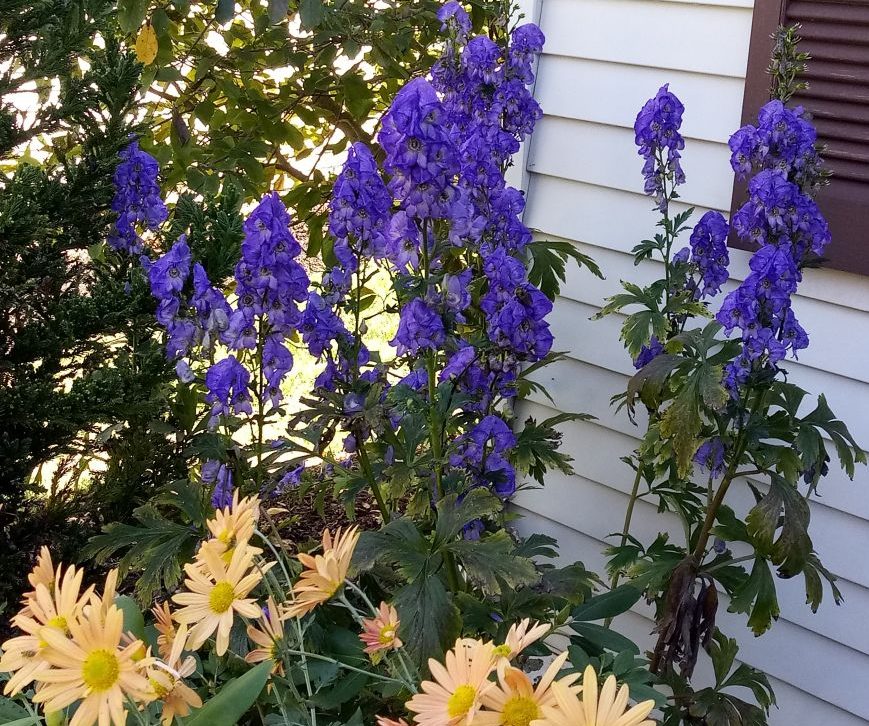General Information
- Category- Flower, drug
- Binomial Name- Aconitum napellus
- Common Names- Wolf’s bane, leopard bane, aconite
- Spread- 6-8 inches**
- Height- 30-36 inches**
- Average Production- 20-50 flowers per plant
- Days to Maturity- 130-225 days*
Environmental Requirements
- Soil- Well-drained soils
- Soil pH- 5.8-6.8
- Soil moisture- 15%
- Sun Requirements- Full Sun
- Soil temperature-18 to 32°C
- Best Time to Plant- Fall or early Winter (From August to November )
Tips to Grow Aconite:
- Arrange good quality aconite seeds.
- The soil should be well drained and slightly acidic. Mix some organic matter into the soil before planting the seeds. Keep the soil moist but not soggy.
- Plant the seeds 1⁄8 inch deep and keep 1 inch space between two consecutive plants.
- Thin the seedlings to 1 or 1 ½ feet apart. They usually will not bloom the first year after being transplanted into the garden. Plant them 1 to 1 ½ feet apart.
- Spread a two- to three-inch depth of organic mulch around the monkshood plant. This will help to keep the soil cool and moist.
- Deadhead flowers as they die: Deadheading means removing the dead flower stalks as the flowers fade or after they are killed off by a hard frost.
- An apical bud on the apex and six lateral buds on its surface are developed. A lateral shoot bearing a thin lateral root is produced from each lateral bud.
- Daughter roots are pianted in soil containing leaf mould and some amount of lime. The roots are collected in autumn. Collection of Aconite from wild plants is done during flowering season. Roots are dried at 40–50°C.
Chemical Constituents of Aconite:
- Main alkaloid is aconitine.
- Other alkaloids are hypoconitine, neopelline, nepelline and neoline.
- Traces of ephedrine and sparteine are present.
- Other substances present are aconitic acid and starch.
Uses:
- Aconite is very potent and poisonous. It is rarely used except in homoeopathic medicine.
- Relief of neuralgia and rheumatism.
- Lowering of body temperature.
- Increase in urine output.
Show Comments




